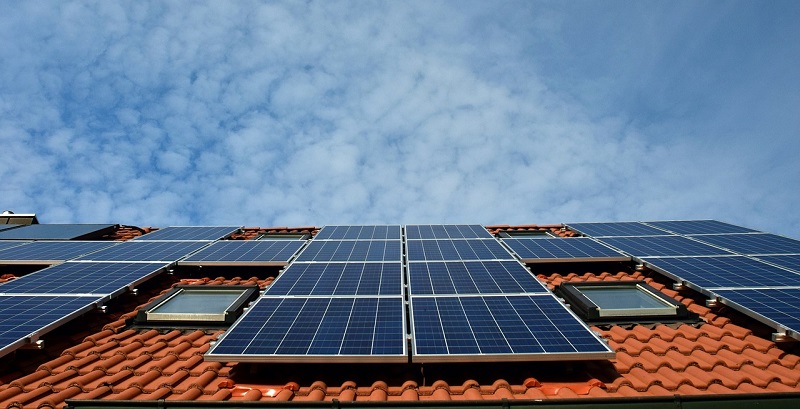From Guest Blogger Ann Neal: Top Five Eco-Friendly Home Design Tips

Better energy efficiency
Regardless of the size of your place, there are so many ways for you to make it more energy-efficient. For instance, by insulating your walls, your attic and replacing all your single-pane windows with double-glazing ones, you stand to achieve a much better energy efficiency within your home. This will help both with cooling and heating. Aside from this, you should also go for LEDs instead of incandescent bulbs and, in this way, save some more. Lastly, getting some practical roller blinds is a great way to maximize the use of natural light within your home.
Building smaller
The first thing you need to think about is the size of your home. A bigger place takes more materials to build, requires a more numerous construction crew and, overall, costs more. It’s estimated that an average house ends up costing you $1,073,000 over the course of 30 years. Still, your troubles don’t end here. This way, it takes more energy to both heat the place up and cool it down, which means that it keeps creating deficit long after you actually move in. This is the main reason for the existence of the tiny house movement.
Going solar
Another thing worth considering is making your own source of energy. We’re, of course, discussing the installation of solar panels on top of your home. This can be a costly investment but with a government grant or incentive of another kind, you can pay it off in as little as seven years. If you aim to go with something a tad more modest, like a solar-powered water heater, this is an investment capable of paying itself off in as little as two years. You can also see this as an experiment; a test before you’re ready to run your entire household on solar power.
Using local materials
When choosing the materials for your home, while planning a construction, you should look for locally available materials, instead of expanding your search. Why? Well, because even the eco-friendliest material can cause an environmental problem if you decide to ship it from far away. The carbon imprint caused by the transportation is incredibly high, which is the reason enough for this practice to be avoided, if possible.
Restoring old furniture
At the end of the day, when furnishing your home, you should go for reclaimed or recycled materials. Sure, reclaimed wood tables are significantly more expensive than regular ones, yet, you can always repurpose or restore an old table lying in your basement. With a bit of sandpaper, finish, wood paint and effort, you can both save money and avoid encouraging further deforestation caused by the furniture industry. Moreover, you’ll be surprised at just how fun this practice can actually be, especially once you acquire some knowledge and experience.
Conclusion
At the very end, your home is your sanctuary and it’s only right that it reflects your values. By going green, you’ll not only ensure that your household reduces its environmental impact but also reduce its spending in the long run. Those who plan for longevity will, in this way, give their home an opportunity to pay for these improvements on its own. As you can see, even aside from altruism, there are many other reasons for you to go eco-friendly with your home design.


That is absolutely true. People are afraid to go green because it’s a large upfront cost. What they don’t know is that it will save you more money within a few years, and it will help save the world.